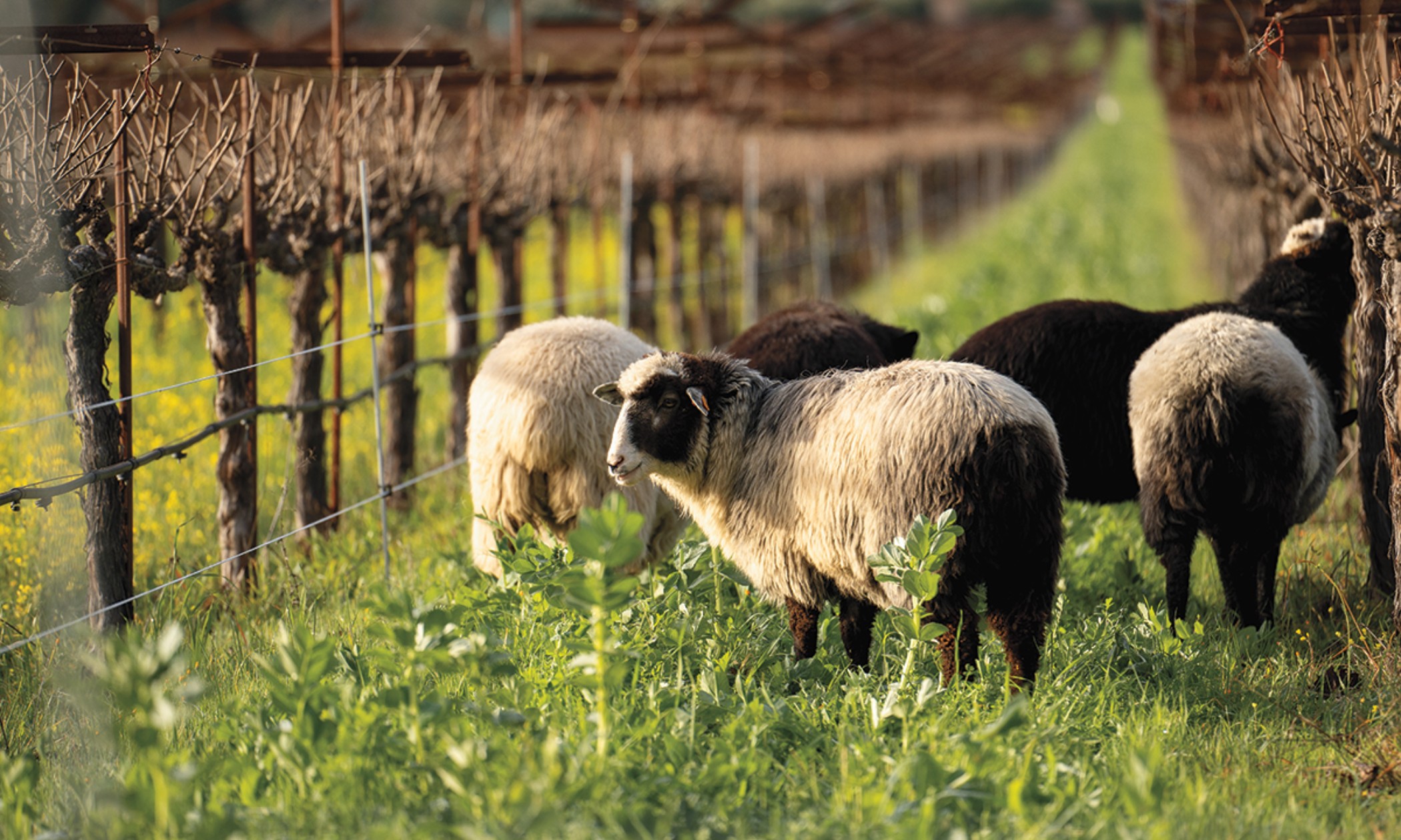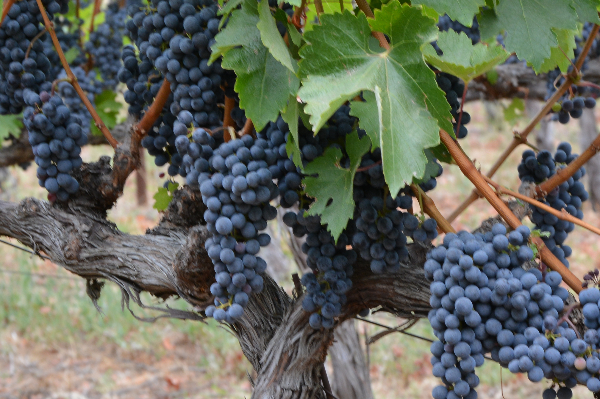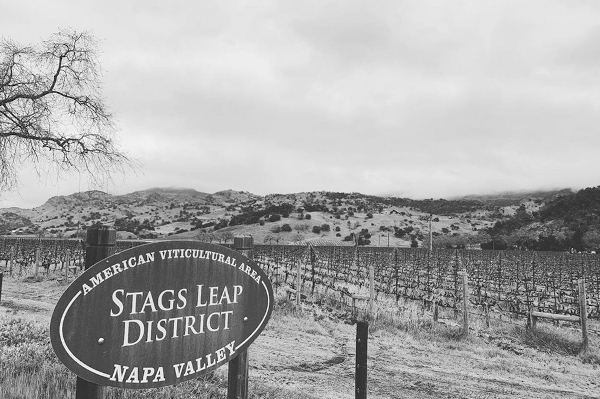Bruce Cakebread was dressed as the Jolly Green Giant, and his brother, Dennis, arrived as a bush. The year was 2007, as Bruce recalls, and to kick off their namesake winery’s going-green efforts, they showed up at the company’s quarterly all-hands meeting in costume. “We wanted to do something to capture everyone’s attention,” Bruce explains.
They got their point across. Cakebread Cellars became a leader in the quest for more environmentally responsible wine production and an early force in the growth of the Napa Green program, alongside its first member, Chateau Boswell Winery. Those early efforts would soon become standard throughout the valley.
The 2002 collaboration between Napa Valley Vintners (NVV) and Fish Friendly Farming forged the program known as Napa Green Land. The first certification dates to 2004. Since then, Napa Green has grown into one of the most important organizations for helping vineyards and wineries become more environmentally and socially responsible through rigorous guidelines and certifications. It is the standard by which producers across the region measure their commitment.
From Napa Green’s earliest days, Chateau Boswell Winery’s Susan Boswell recalls, “Everything had to be monitored and recorded. You had to show improvement each time you came through for new certification,” which had not been done before. Greenwashing, in other words, wasn’t an option.
By 2012, Napa Valley Vintners brought Michelle Novi on board to help promote Napa Green among its members; today, she works alongside executive director Anna Brittain. It wasn’t easy at first: Napa Green’s rigorous standards meant that producers would have to seriously assess their work in the vineyard and the winery and make occasionally fundamental, often demanding changes to their systems. And because Napa Green was the first to bring together the wine industry with the environmental and regulatory communities, there was no road map…it had to be created.
Today, the Napa Green vineyard certification focuses on soil health, carbon neutrality, social equity for farmworkers and more. Napa Green winery certification encompasses 120 individual standards, ranging from minimizing waste production and greenhouse gas emissions to ensuring that even the hospitality programs of certified wineries are conscientiously conceived and executed.
Yet for all of Napa Green’s primacy today in the region’s fight against climate change, widespread buy-in wasn’t universal at first. It was primarily limited to the growers and producers who already valued the importance of sustainability and who could afford to pursue it; less-well-capitalized vineyards and wineries often struggled to justify the effort and initial costs.
All of that changed in 2015.
“What happened that year was a really big deal,” Novi recounts. At the time, only 40% of NVV members had opted into the program. An ambitious goal was set to try to get every member involved in the Napa Green certification program by the end of 2020. Eight years later, 95% of NVV members were either Napa Green certified or on the road to certification. In the process, Napa Green has become a nationwide gold standard for what happens when ambitious goals meet serious organizational muscle.
Today, Napa Green certifications advise producers of all sizes throughout the region. Aaron Fishleder, Vice President of Operations for Cakebread Cellars, notes, “The certification does guide us to be better stewards of the land and to make better decisions when running our business—things like managing our resources like water and electrical use. Napa Green has been a great resource for our work with recycling as well.” He adds that producers “are most definitely more involved than ever in sustainable winegrowing and winemaking. The conversation about greener packaging, lighter bottle weights, reducing herbicide use and organic farming are a few of the areas we discuss as a group.”
That has been one of the most important results of the widespread adoption of Napa Green: The growing frequency of these conversations and the broader perspective that growers and vintners have taken as a result.
“Napa Green, along with their Napa RISE program, are instrumental in inspiring conversations here in Napa Valley,” says Beth Novak Milliken, President and CEO of Spottswoode Estate Vineyard & Winery. “They are ambitious programs, with the intent to become even more so…Climate change and the destruction of our natural environment are very, very real, and we must address these issues. Those of us in agriculturally based businesses are acutely aware of this.”
“There’s a strong sense of collaboration and cooperation,” Novi says. “The requirements of Napa Green are firm, but there’s … that thread of helping one another, helping your neighbor, helping your fellow industry peer.”
For Susan Boswell, the sense of community fostered by Napa Green is key. “I think every little something that somebody does, recycling their water, reducing their energy or buying a different kind of equipment because of heat exchange at your winery,” makes an impact. She adds. “I think we need to keep that message rolling to not deter certain people from being involved in the program. That’s critical.”
Milliken agrees. “There is a lot of dialogue about how we can do better on so many fronts—water use, energy use [like solar], chemical use, bottle weight, so much more.” The fact that this effort is anchored by Napa Green is of deep importance. “What sets these programs apart for me,” she explains, “is that they are Napa County based, as opposed to national or international in scope. If we can illustrate incredible and responsible stewardship of our vineyard land here in Napa County, we can be an inspiration for all wine growing regions of the world. I believe that we should play this leadership role—and own this opportunity to inspire change.”
Cakebread is of the same mind. “You can try and do it by yourself,” he says, but “quite frankly, you’re only going to get so far. Whereas if you band together, share what works and what doesn’t work,” you have a much better chance of long-term success.
A success that all of us who treasure Napa Valley, and our planet as a whole, have a stake in.
Visit napagreen.org for more information.




